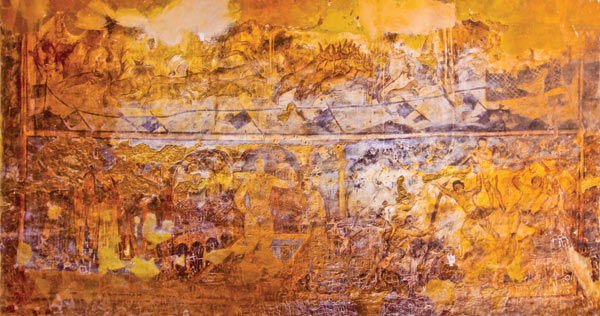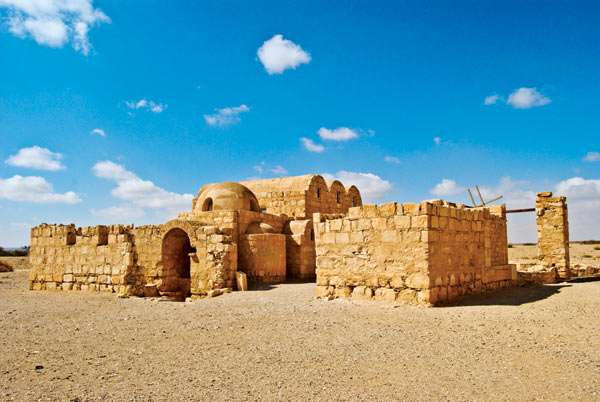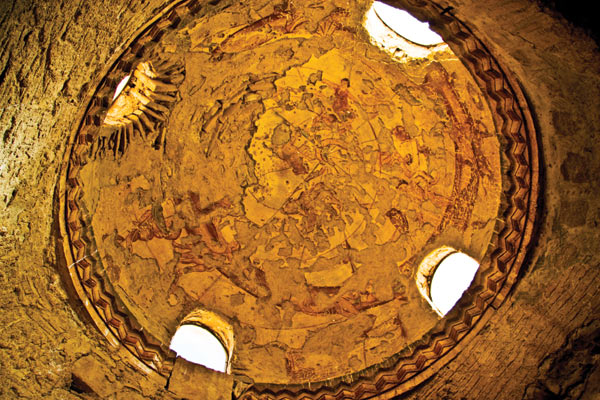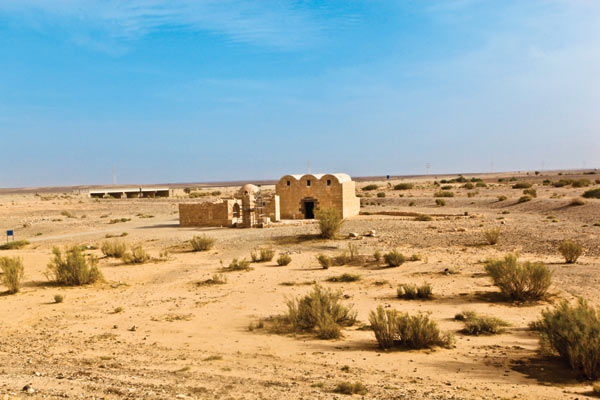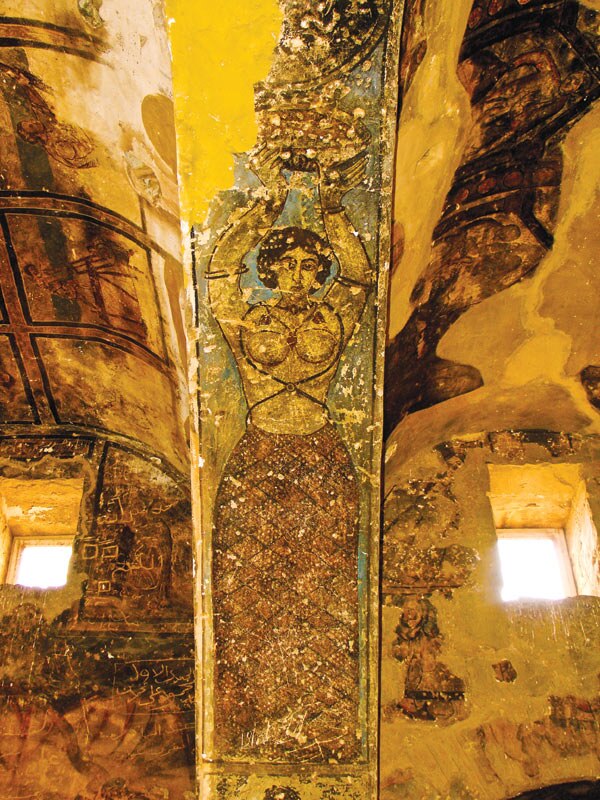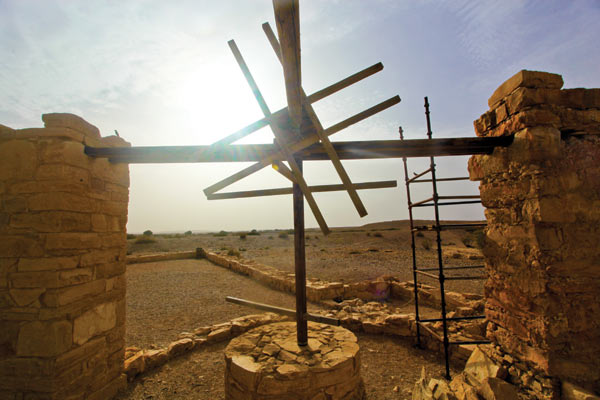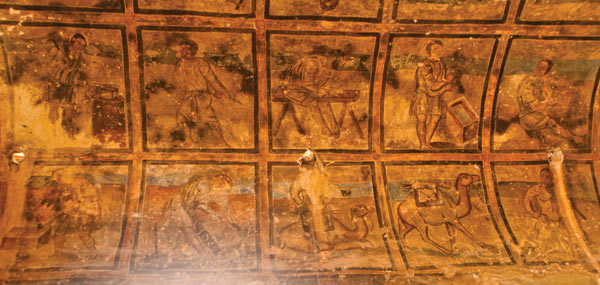Junaid Tahir 
in family, happiness, improvement, relationship, wisdom -
When it comes to improving and maintaining our relationships with others, Stephen Covey's metaphor of the Emotional Bank Account is probably one of the most powerful ideas ever created for the development of interpersonal relationships. If you've never heard of this, it basically means that anyone with whom we have a relationship with, whether it be our coworkers, family or friends, we maintain a personal "emotional" bank account with them. This account begins on a neutral balance. And just as with any bank account, we can make deposits and withdrawals. However, instead of dealing with units of monetary value, we deal with emotional units.
This post will discuss Covey's six major ways of making deposits into these Emotional Bank Accounts and how we can avoid making withdrawals.
1. Understanding the Individual
In Covey's book, seven habits of highly effective people, one of the seven habits is "seek first to understand then to be understood". Truly understanding what others are feeling is not always that easy. We must remove ourselves from our egocentric viewpoint and put ourselves into the minds and shoes of others. I say minds and shoes because we must try to first understand the thought patterns and second walk in their shoes or empathize with them.
One of my major faults when communicating with others is, while they are talking I tend to think what I am going to say next. Truly understanding someone requires us to wholly and completely concentrate on what the other person is trying to say, not reloading, just waiting to fire off your response
2. Keeping Commitments
Certainly when we break our promises to others, we make major withdrawals from their Emotional Bank Accounts. However, keeping commitments is not just relegated to promises. It also includes things such as arriving to work and appointments on time, fulfilling our duties, and living up to every word that comes out of our mouth.
3. Clarifying Expectations
There is nothing more frustrating in a relationship than not understanding what is expected of you. Although many of us wish we could be, we are not mind readers. And because each of us sees life differently and has different backgrounds and life experiences, expecting someone to just "know" is not only unfair but completely unrealistic. It's important that the person with whom you are dealing with, knows exactly what is expected of them. Doing this will keep them out of the dark and allow them to relate you confidently, knowing that what they are doing is in line with your expectations.
4. Attending to the Little Things
Little courtesies, kind words and warm smiles are at the heart of the little things that brighten up a relationship. It shows recognition and an awareness of others. It's interesting, but within our relationships, if you want success, it's the little things that really become the big things.
5. Showing Personal Integrity
Nothing is probably more damaging to a relationship, then a lack of integrity. Being that the Emotional Bank Account is based upon trust, you could essentially be doing all of the previous things, but without trust, it is to no avail. Integrity means wholeness, completeness, or soundness. In this case soundness of moral character. Integrity is the rock-solid foundation upon which all successful relationships are built.
6. Apologizing Sincerely When We Make a Withdrawal
Granted, we are all mortal. We make mistakes. That's part of life and learning. Knowing when you are wrong and admitting your mistakes prevents the wounds that you've caused in others from festering and allows them to heal. When appropriate, sincere apology will keep your relationships accounts in the positive, allowing you to maintain the balance that has been created in your application of all of the previous steps
http://www.lifetrainingonline.com/blog/the-emotional-bank-account.htm
www.DailyTenMinutes.com





www.keralites.net         |
Posted by: Junaid Tahir <mjunaidtahir@gmail.com>
| Reply via web post | • | Reply to sender | • | Reply to group | • | Start a New Topic | • | Messages in this topic (2) |
To subscribe send a mail to Keralites-subscribe@yahoogroups.com.
Send your posts to Keralites@yahoogroups.com.
Send your suggestions to Keralites-owner@yahoogroups.com.
To unsubscribe send a mail to Keralites-unsubscribe@yahoogroups.com.
Homepage: http://www.keralites.net

